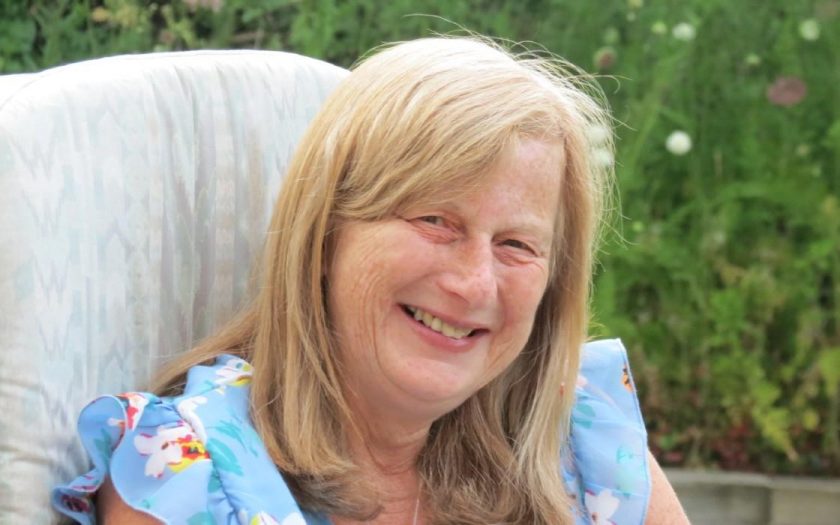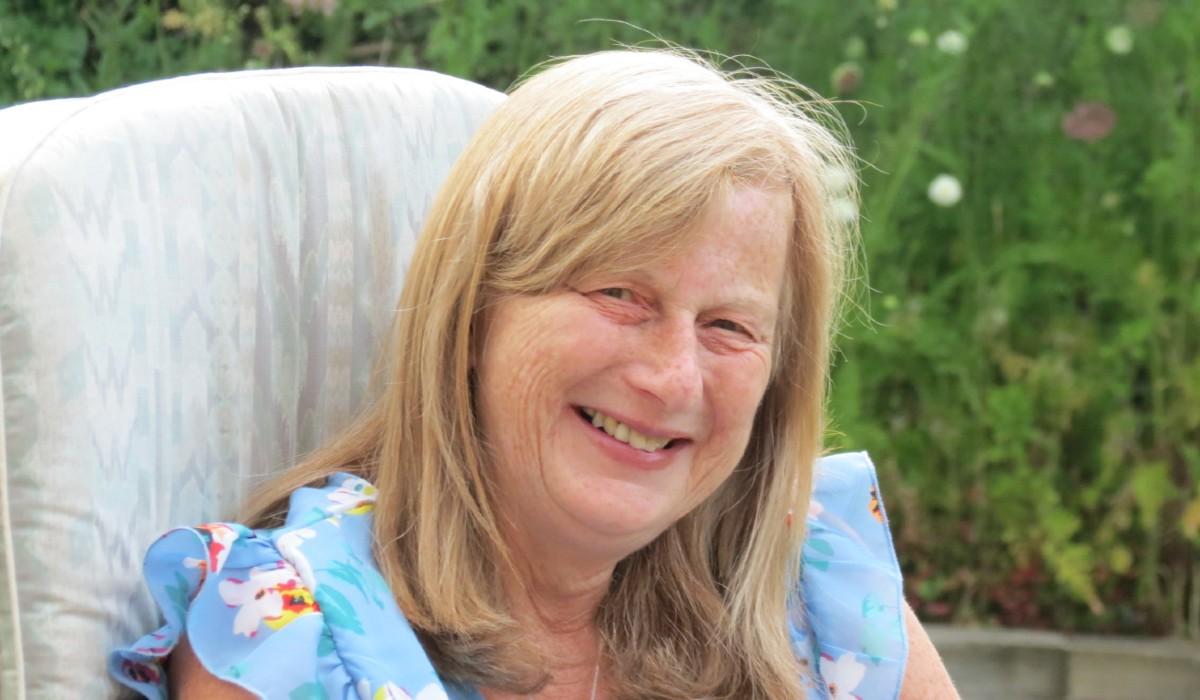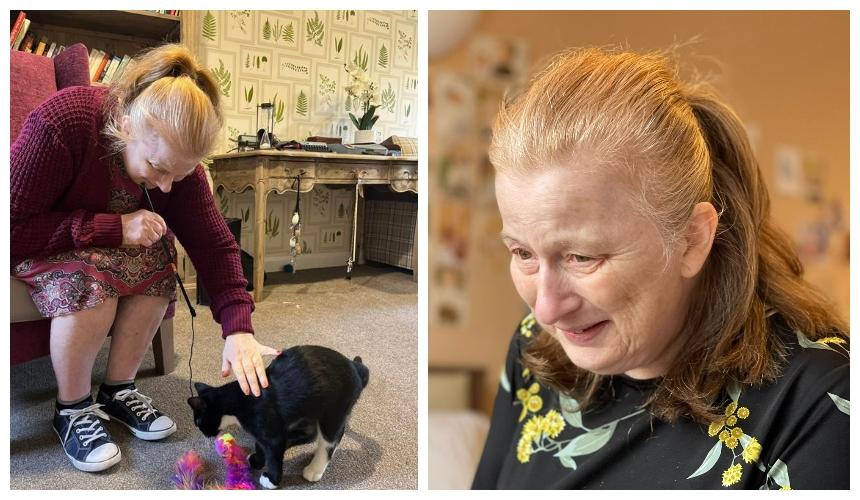From the ‘Alzheimer’s Society’
‘My wife’s person-centred care has improved her life with dementia, and mine’
Trevor Salomon and his wife Yvonne have seen many changes since her dementia diagnosis in 2013. While Yvonne’s move to a care home in 2019 was a difficult decision, Trevor explains how the staff have made it feel like a home from home.
Before her diagnosis, my wife Yvonne astonished everyone with her ability to do anything she set her mind to.
She was an amazing cook and hostess, and our house was always full of family and friends. She loved gardening and especially weeding the borders, taking pride in immaculate flower beds. There was little or nothing she couldn’t make or repair on her sewing machine.
Early signs and adjustment
Yvonne used to happily go off to work as a bookkeeper for a local charity. She would often bring home files and documentation so that she never missed a deadline.
In 2009, the first signs of dementia manifested themselves in short term memory loss and constant repetition.
Although not diagnosed at this stage, she realised she could no longer cope with numbers and spreadsheets. Yvonne applied for a job as an online picker at Sainsbury’s and started her role there in the summer of 2012.
‘It was important that any care home recognised Yvonne’s age and interests.’
Above all, I wanted an environment that would be the antithesis of the depressing care homes I remember visiting as a child to see aging relatives.
I invested three months in evaluating six care homes. We were lucky to find somewhere less than 20 minutes from where we lived which met all my criteria.
A home from home
From day one, in May 2019, Yvonne loved the home. She never once asked why she was there or why she wasn’t leaving with me after a visit. I hope this proves that, fortuitously, we got the timing spot-on, and I made the right decision.
‘Knowing Yvonne’s interests, the care home staff are mindful of which activities she finds most stimulating.’
They have made a point of spending 1:1 time with her in the garden. The staff support Yvonne to fill the bird feeders, do simple gardening and pick tomatoes in the mini greenhouse. They also help her with biscuit baking using her favourite simple recipes, which I take in for them to buy the ingredients and use.
For Yvonne this must have felt like home from home and was beyond doubt one of the reasons she settled in so well.
I could write at length about the last two years of coronavirus and how that has impacted Yvonne, as well as the wonderful staff at the home. But that’s a blog in its own right.
I’ll close by answering a question that I’ve been asked by many on many occasions. Do I feel guilty about having Yvonne cared for outside of our family home? The answer is a simple and definite ‘no’ because I know I would have felt guilty soldiering on when I was exhausted and ultimately not doing my best for her.






